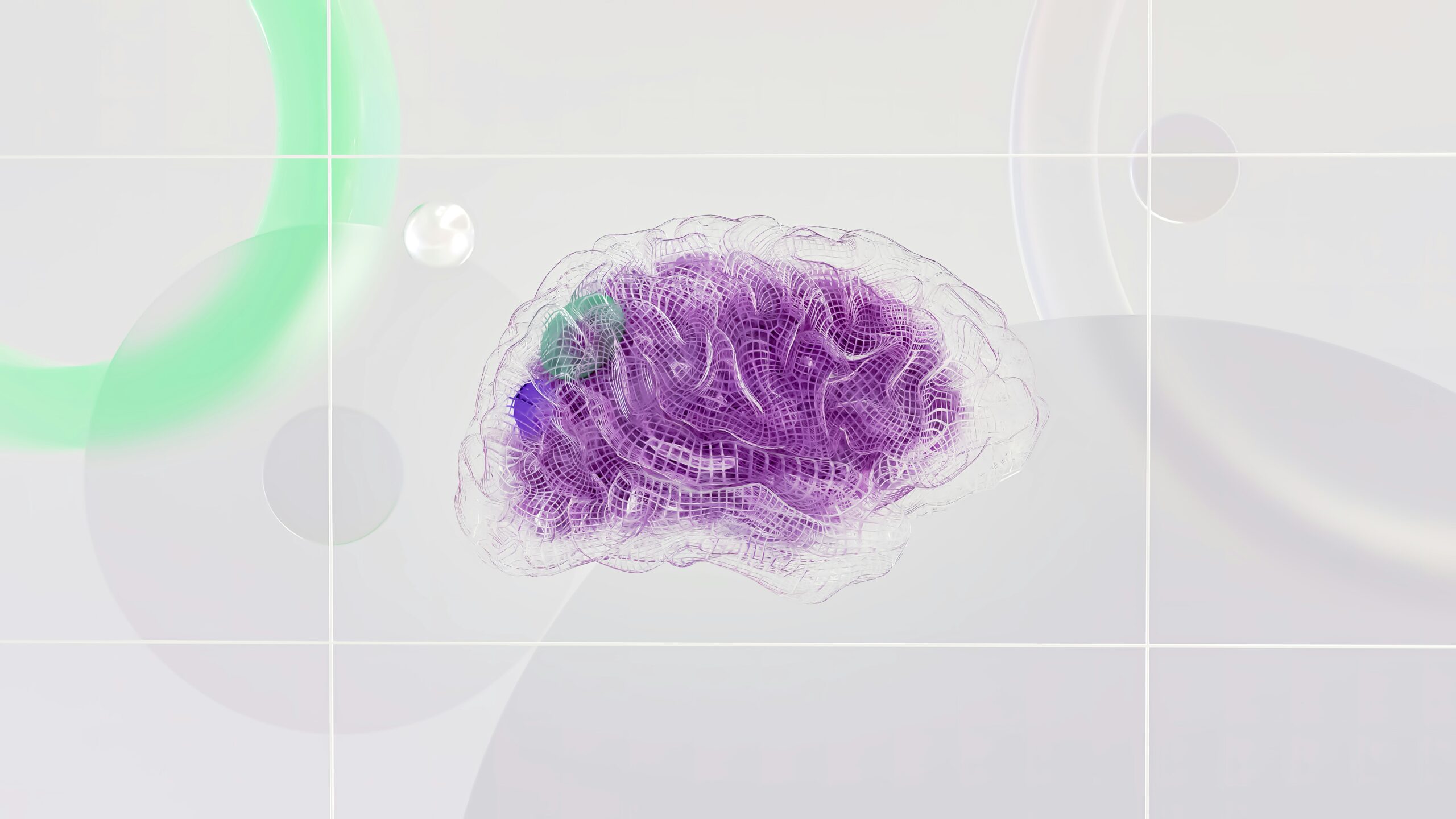Date and time: Tuesday 20 May 2025, 09:30-11:00 CEST
Where: Digital Futures hub, Osquars Backe 5, floor 2 at KTH main campus
Directions: https://www.digitalfutures.kth.se/contact/how-to-get-here/
OR
Zoom: https://kth-se.zoom.us/j/69560887455
Host: Dr. Arvind Kumar, Computational Brain Science, Div. of Computational Science and Technology, SciLifeLab, School of Electrical Engineering and Computer Science, KTH Royal Institute of Technology, Stockholm
Speakers
Stefano Panzeri – Dissecting the contribution to perceptual decisions of encoding and readout of neural information

Stefano Panzeri – Institute of Neural Information Processing Center for Molecular Neurobiology Hamburg (ZMNH), Department of Excellence for Neural Information Processing, University of Hamburg, Germany
Abstract: Perceptual decisions require that neural populations encode information about the sensory environment and that other downstream populations read it out to inform behavioral outputs. Here we present our computational work to provide methods that individuate and tease apart the contribution of these two neural operations to the formation of perceptual decisions. We exemplify these methods with the study of several datasets from sensory and parietal cortices and we discuss their implications for understanding the emergent computations of neural population codes.
Peter Latham – Time and task management in complex environments

Peter Latham – Gatsby Computational Neuroscience Unit
Sainsbury Wellcome Centre for Neural Circuits and Behaviour, University College London, UK.
Abstract: In daily life, we are confronted with a variety of tasks: eating, sleeping, working, socializing, etc. A key feature of these tasks is that the amount of satisfaction we get — the reward rate — varies with time. In particular, it typically decays over time (the first bite of a meal brings us much more satisfaction than the 50th), while at the same time the reward rates in tasks we’re not engaged in rise (the longer we go without sleeping the more rewarding sleep becomes).
The question we address here is: how do we schedule our tasks to maximize long term reward? This is an instance of optimal foraging, but the depletion and recovery of reward rates makes it significantly more complicated. And somewhat non-intuitive: we show that agents should spend a significant amount of time in unrewarded tasks (which could explain why we sleep); if there’s no cost of switching they should switch infinitely often; and if there is a cost to switching the time spend in tasks typically scales as the dead time to the 1/3 power (an easily testable experimental prediction). We end by speculating on the implications of these results for time management in the real world.





